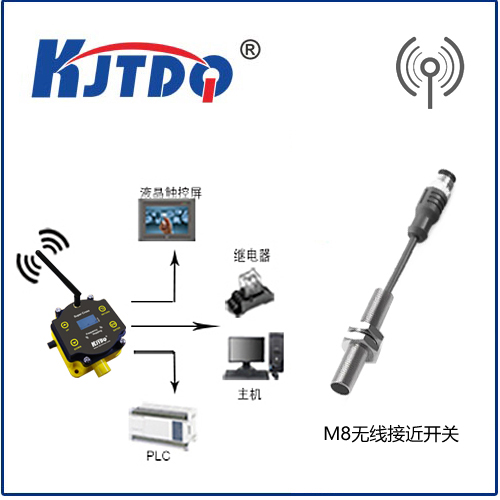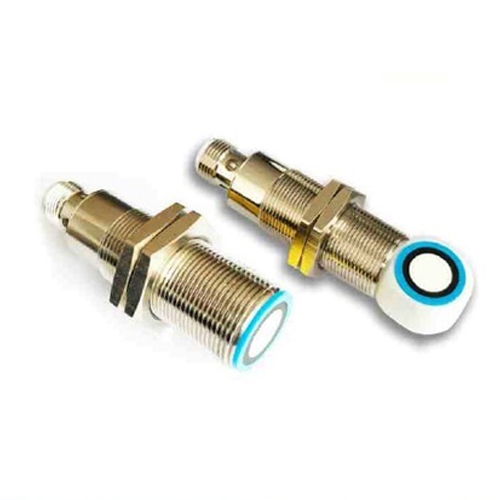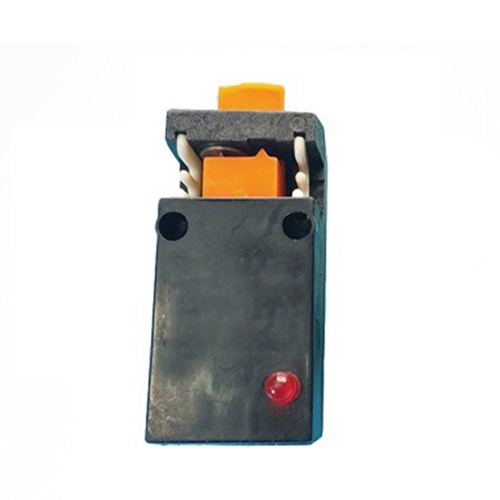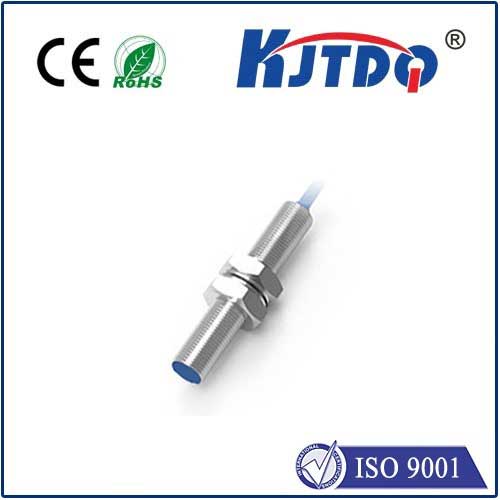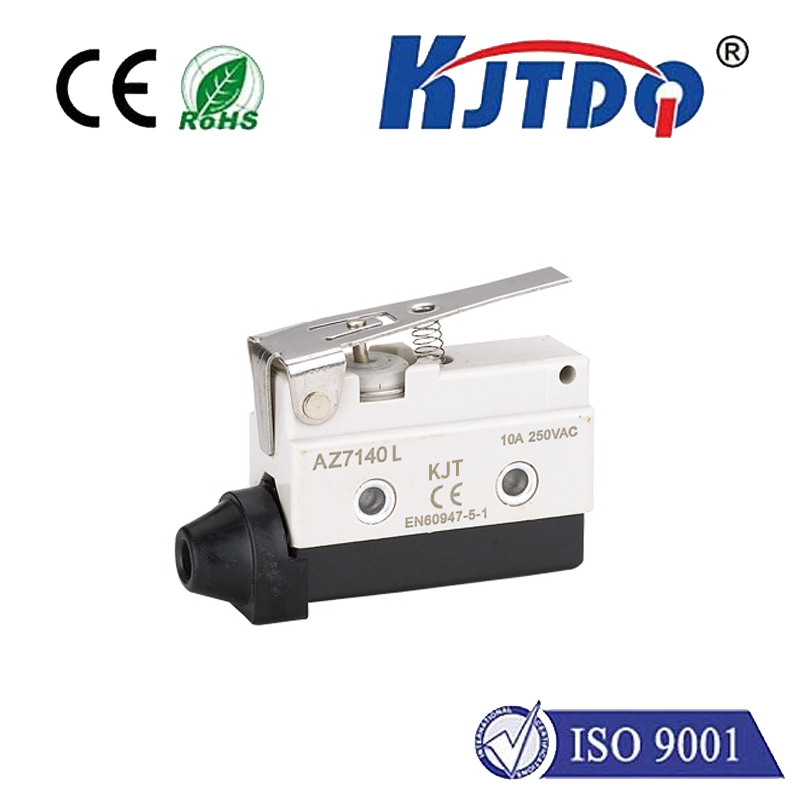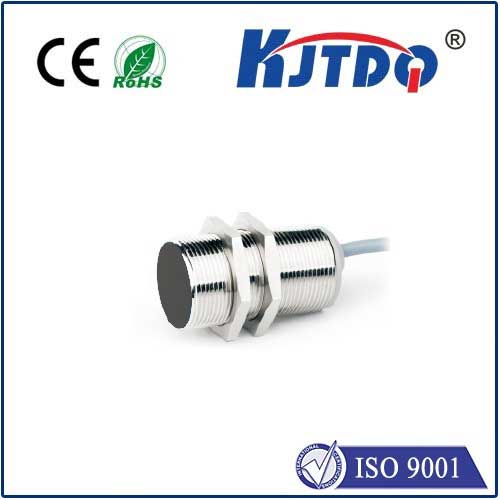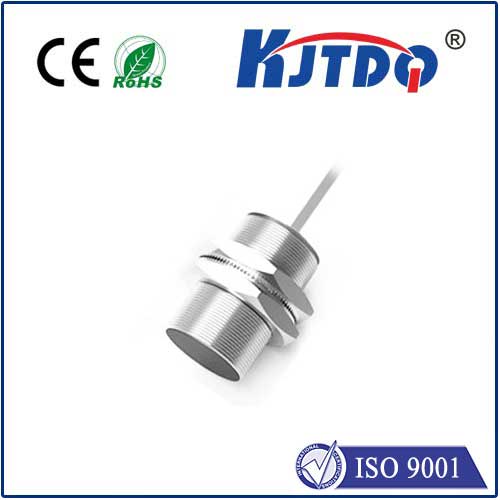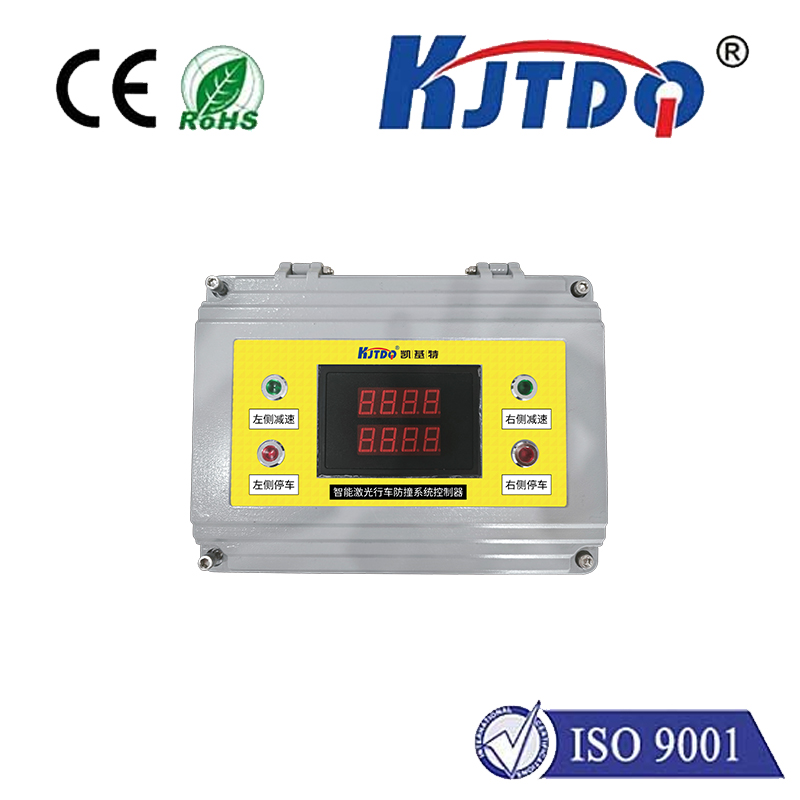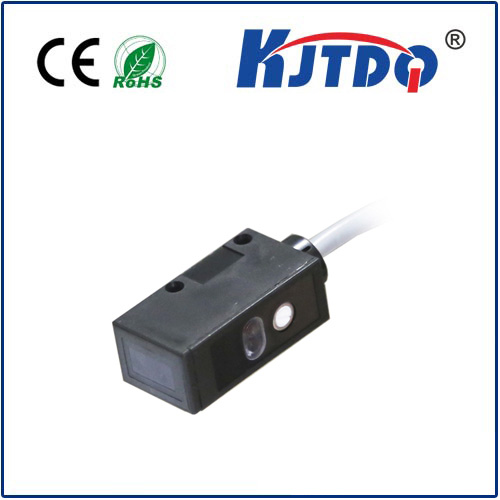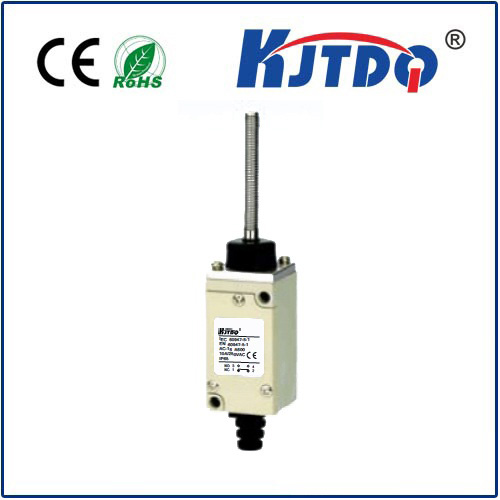m12 inductive proximity sensor
- time:2025-06-14 01:36:35
- Click:0
M12 Inductive Proximity Sensors: The Compact Powerhouses Enabling Modern Automation
Imagine a world where machines reliably detect metal objects without ever touching them, functioning flawlessly amidst dust, oil, and constant vibration. This isn’t science fiction; it’s the everyday reality powered by M12 inductive proximity sensors. These unassuming components are foundational to the efficiency, safety, and precision demanded in countless industrial processes. From robotic arms assembling cars to conveyor belts sorting packages, the M12 inductive proximity sensor provides a robust, non-contact solution for position detection and object presence sensing.
Understanding the Core Technology: Induction Without Contact
At the heart of every inductive proximity sensor lies a simple yet powerful principle: electromagnetic induction. The sensor contains an oscillator circuit generating a high-frequency electromagnetic field emanating from its sensing face. When a ferrous (iron-based) or non-ferrous (like aluminum, brass, copper) metal target enters this field, it induces tiny electrical currents called “eddy currents” within the target material.
This interaction causes a measurable change in the oscillator’s amplitude or frequency. The sensor’s built-in evaluation circuit detects this change and triggers its output signal – switching a load (like a PLC input, relay, or indicator light) ON or OFF. Crucially, this detection happens without any physical contact.
Why M12? The Form Factor Advantage

The “M12” designation refers to the sensor’s standardized threaded cylindrical housing with a 12-millimeter diameter. This compact size offers significant advantages:
- Space Optimization: In cramped control panels or densely packed machinery, the small footprint of an M12 proximity sensor is invaluable, fitting where larger sensors cannot.
- Robustness and Environmental Protection: M12 sensors typically achieve high ingress protection ratings like IP67 (dust-tight and protected against temporary immersion) or IP69K (protected against high-pressure, high-temperature water jets). The threaded design ensures a secure, vibration-resistant mount and facilitates easy replacement.
- Standardized Connectivity: The M12 threaded connection is the global standard for sensor cabling and connectors. This allows for quick installation, easy maintenance, and compatibility with a vast array of M12 cables, plugs, and receptacles, simplifying sourcing and inventory management.
- Cost-Effectiveness: Mass production of this standardized size leads to economical pricing, making reliable sensing accessible.
Key Characteristics and Performance Metrics
Understanding the specifications is critical for selecting the right M12 inductive proximity sensor:
- Sensing Distance (Sn): The nominal operating distance at which a standard target will reliably trigger the sensor. M12 sensors typically offer sensing ranges from 1-4mm, with 2mm and 4mm being the most common standards. Factors like target material, size, and shape influence the actual usable distance.
- Target Material: Standard sensors are optimized for detecting ferrous metals (steel, iron) at their nominal Sn. Detection of non-ferrous metals like aluminum or copper generally occurs at a reduced sensing distance (often 30-60% of Sn). Specialized versions explicitly optimized for non-ferrous detection are also available.
- Output Configuration: Common options include:
- PNP (Sourcing): Outputs positive voltage (+V) when active.
- NPN (Sinking): Outputs ground (0V) when active.
- NO (Normally Open): Output is OFF without a target; switches ON when target is detected.
- NC (Normally Closed): Output is ON without a target; switches OFF when target is detected.
- Switching Frequency: How quickly the sensor can detect objects passing by, measured in Hertz (Hz). Higher frequencies are crucial for high-speed applications.
- Hysteresis: The difference between the switch-on and switch-off points. This prevents output “chatter” when a target is near the sensing edge.
- Environmental Specifications: Key ratings include IP67 or IP69K for dust/water resistance and temperature ranges (commonly -25°C to +70°C). Robust housings resist impacts and chemicals.
- Electrical Connection: Choices include fixed cables (often PVC or PUR sheathed for flexibility and oil resistance) or integral M12 quick-disconnect connectors (typically 3-pin or 4-pin variants).
The Undeniable Benefits: Why Choose M12 Inductive?
The popularity of these sensors stems from their compelling advantages:
- Non-Contact Operation: Eliminates wear and tear, ensuring a long operational life and reducing maintenance costs.
- High Reliability: Impervious to dirt, dust, oil, grease, and other contaminants that plague mechanical switches. Solid-state electronics enhance durability.
- Fast Response: High switching frequencies allow detection in high-speed processes, essential for modern manufacturing lines.
- Insensitive to Surface Conditions: Detection works reliably regardless of the target’s surface finish (dirty, oily, painted, etc.), as long as it’s within the sensing field.
- Cost-Effective Sensing: Provides a highly reliable, low-maintenance solution at a competitive price point for metal detection tasks.
- Compact Size: The M12 form factor allows installation in space-limited locations critical for intricate machinery design.
Selecting the Right M12 Inductive Proximity Sensor
Choosing the optimal sensor involves considering several factors:
- Target Material: Ferrous? Non-ferrous? Size and shape? This dictates the required sensing distance and potentially a specialized variant.
- Required Sensing Distance: Does the application demand a 2mm or 4mm Sn sensor? Always allow a safety margin.
- Output Type: Match the PNP/NPN and NO/NC configuration to your controller’s input requirements.
- Performance Needs: Consider the required switching frequency and response time. Does the environment demand IP67 or IP69K? What temperature range is encountered?
- Electrical Connection: Fixed cable or M12 connector? Cable length and sheath material (e.g., PUR for oil resistance) are also important.
- Mounting: Flush mountable sensors require metal surrounding the sensing face. Non-flush mountables offer longer ranges but need clearance around the sides.
Ubiquitous Applications Across Industries
The versatility and reliability of the M12 inductive proximity sensor make it ubiquitous:
- Factory Automation: Position verification of parts on conveyors, end-of-stroke detection for cylinders, robotic tooling changes, part counting, machine guarding (presence detection).
- Packaging Machinery: Detecting metal components, verifying lid presence on containers, monitoring product flow.
- Material Handling: Monitoring bin levels, detecting jams on conveyors, pallet positioning.
- Automotive Manufacturing: Thousands are used per assembly line for precise positioning and process control in welding, painting, and assembly stations.
- Food & Beverage (on machinery): Monitoring metal components within equipment (e.g., valve positions, fill level detection on metal tanks). While not for direct food contact, they ensure reliable machine function.
- Machine Tools: Tool breakage detection, workpiece positioning, chuck clamping verification.
The Unseen Indispensable Component
From ensuring a robotic welder is perfectly positioned on a car chassis to reliably counting boxes on a high-speed packing line, the M12 inductive proximity sensor quietly performs critical tasks millions of times a day. Its combination of compact size (M12), robust construction (IP67/IP69K), non-contact operation, and proven reliability make it an indispensable component in the backbone of modern industrial automation. Understanding its capabilities and specifications is key to unlocking efficiency, precision, and operational safety across countless applications.












